Creating a strong GCSE sketchbook is essential, as it counts for 60% of your final grade in Art. More than just a place to store drawings, your sketchbook is a visual journey of your creative process, showcasing research, idea development, experimentation, and final outcomes. If you want to ensure that you're awarded top marks for your GCSE art sketchbook, you will need to make sure that you demonstrate a clear progression of your work, linking your thoughts with artistic influences and techniques. This article will guide you through the process, offering practical tips to structure, refine, and present your sketchbook effectively to impress your examiners.

Planning: The Key to Success in any Endeavour
It might seem almost too simple to warrant stating… Planning is the starting point of any academic endeavour or complex operation. That might be true; however, it’s not so much the act of planning that is important, but the way in which we plan.
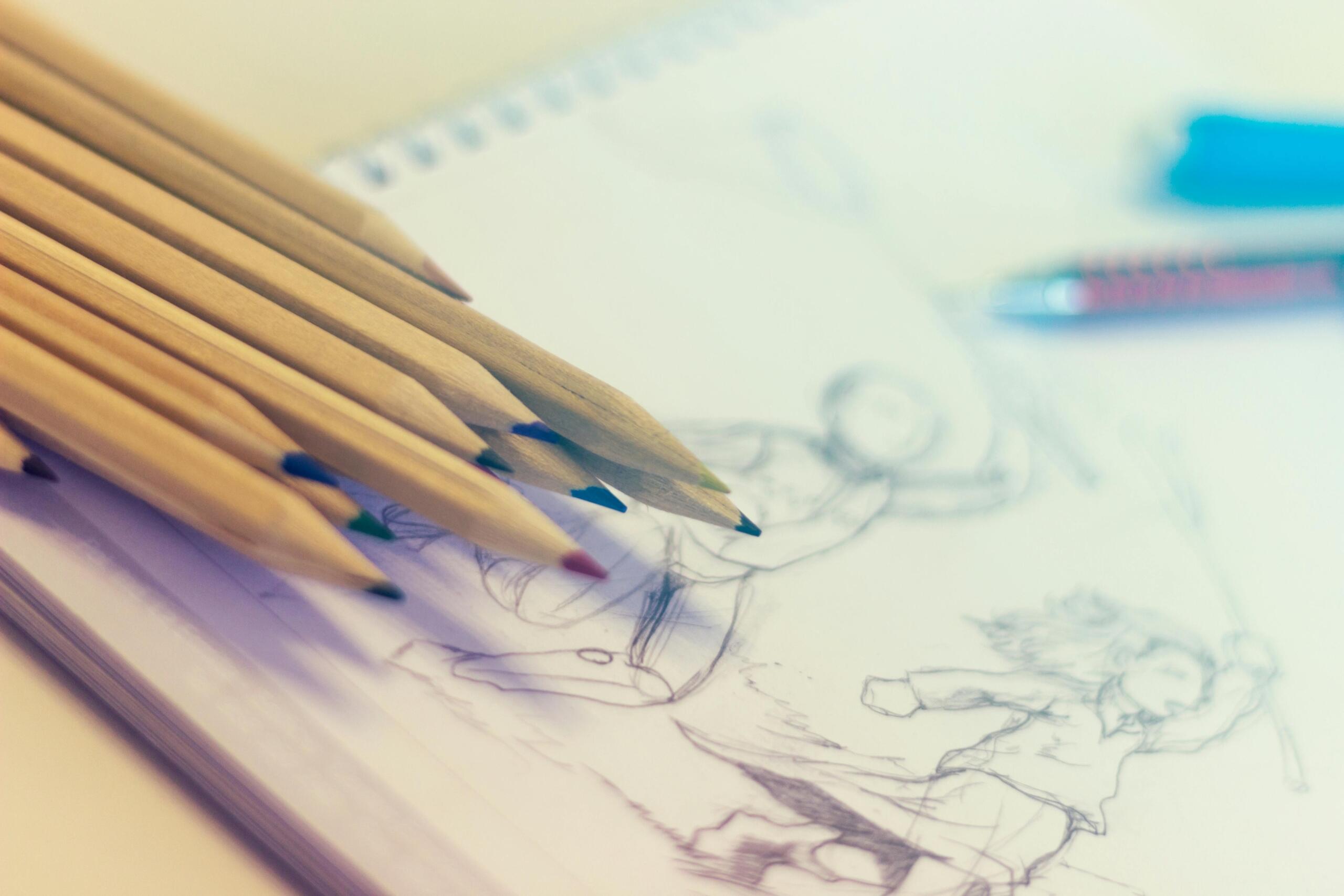
When planning a creative document like a sketchbook, we need to somehow generalise, yet be specific at the same time; we need to give ourselves clear goals while leaving things open-ended to facilitate experimentation. Let’s have a look at the core elements that go into a good plan of action when it comes to making a sketchbook.
Requirements for Your GCSE Art Sketchbook
Your GCSE art sketchbook is more than just a collection of drawings—it’s a visual diary that showcases your creative journey, technical skills, and artistic influences. To achieve a strong grade, your sketchbook should demonstrate experimentation, research, and reflection alongside high-quality artwork. By meeting these key requirements, you’ll present a well-rounded and compelling body of work that highlights your artistic development.
A GCSE art sketchbook should demonstrate your progress and show your engagement with the subject matter. It should include a variety of mediums, evidence of experimentation, and a clear personal connection to the themes you explore.
Observational Drawings
Create detailed studies from real life to demonstrate your ability to capture form, texture, and perspective. Strong observational work showcases technical skill and attention to detail.
Experimentation with Media and Techniques
Show a variety of materials and methods, from pencil and ink to paint and mixed media. Experimenting demonstrates your creativity, adaptability, and willingness to take artistic risks.
Artist Research and Analysis
Investigate the work of relevant artists, analyzing their techniques, themes, and influence on your work. Include written reflections and visual studies to demonstrate your understanding.
Idea Development
Document your thought process with annotated sketches, mind maps, and rough drafts. Show how your initial concepts evolve, helping assessors understand your creative journey.
Personal Reflections and Evaluations
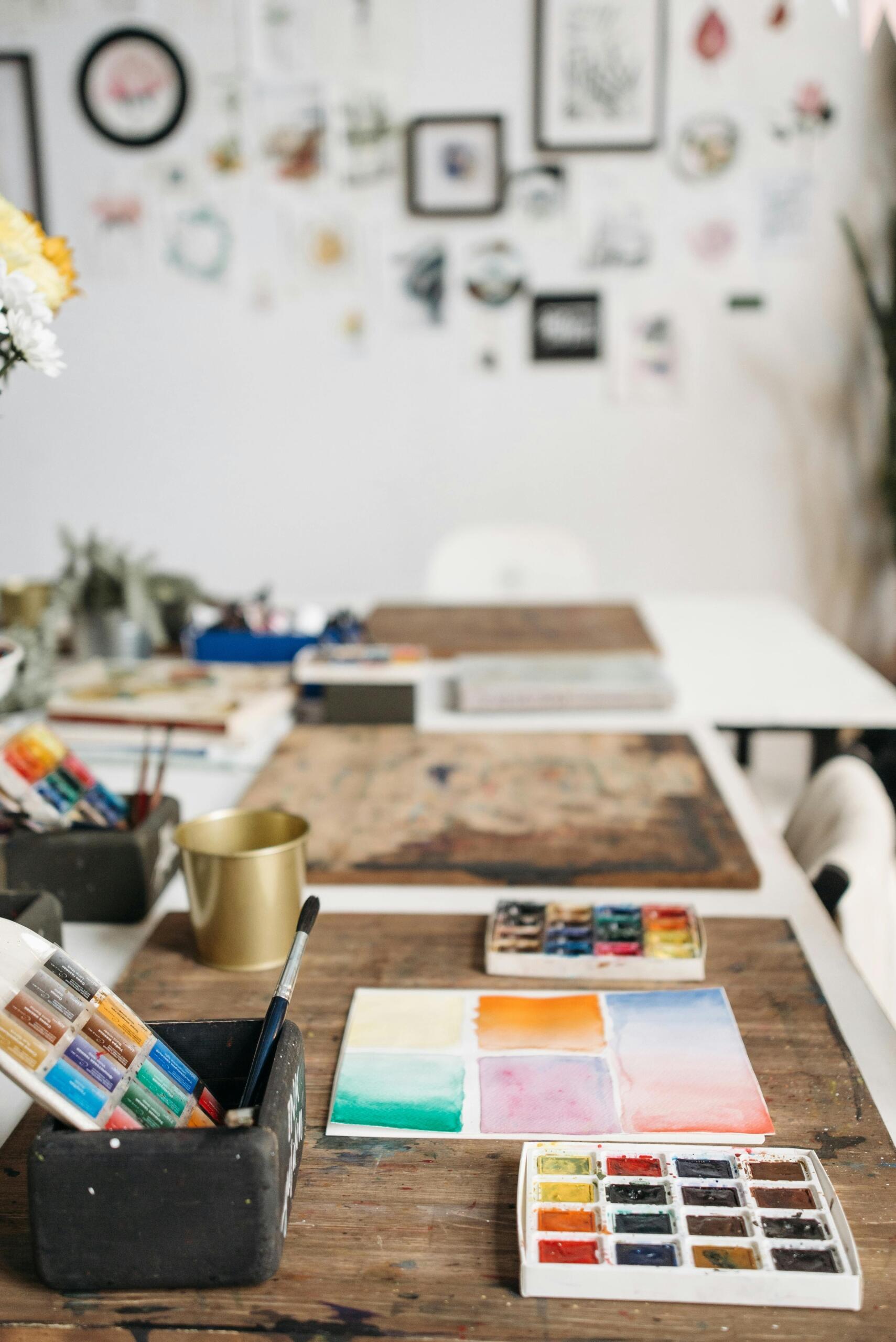
Regularly assess your work by noting strengths, areas for improvement, and future plans. Thoughtful evaluation highlights your engagement with the creative process.
By thoughtfully incorporating these components, your sketchbook will effectively communicate your artistic growth and exploration of ideas.
Brief and Theme
Either at the start of your course, or at various points, you will be given a brief, a theme, or in other words a guideline on what your work should be about. Some briefs are very specific, while others are more open-ended. In truth, experienced artists only need a few words or suggestions to get started.
Once you have seen the brief, you need to begin exploring the idea in your head before doing any work towards it. Start by writing the theme down, then write down anything that comes to mind when you think about it. If your theme was the ‘water’ for example, you would likely write down the following:
- Ocean
- Sea
- River
- Stream
- Lake
- Drinks
- Rain
- Clouds
- Ice
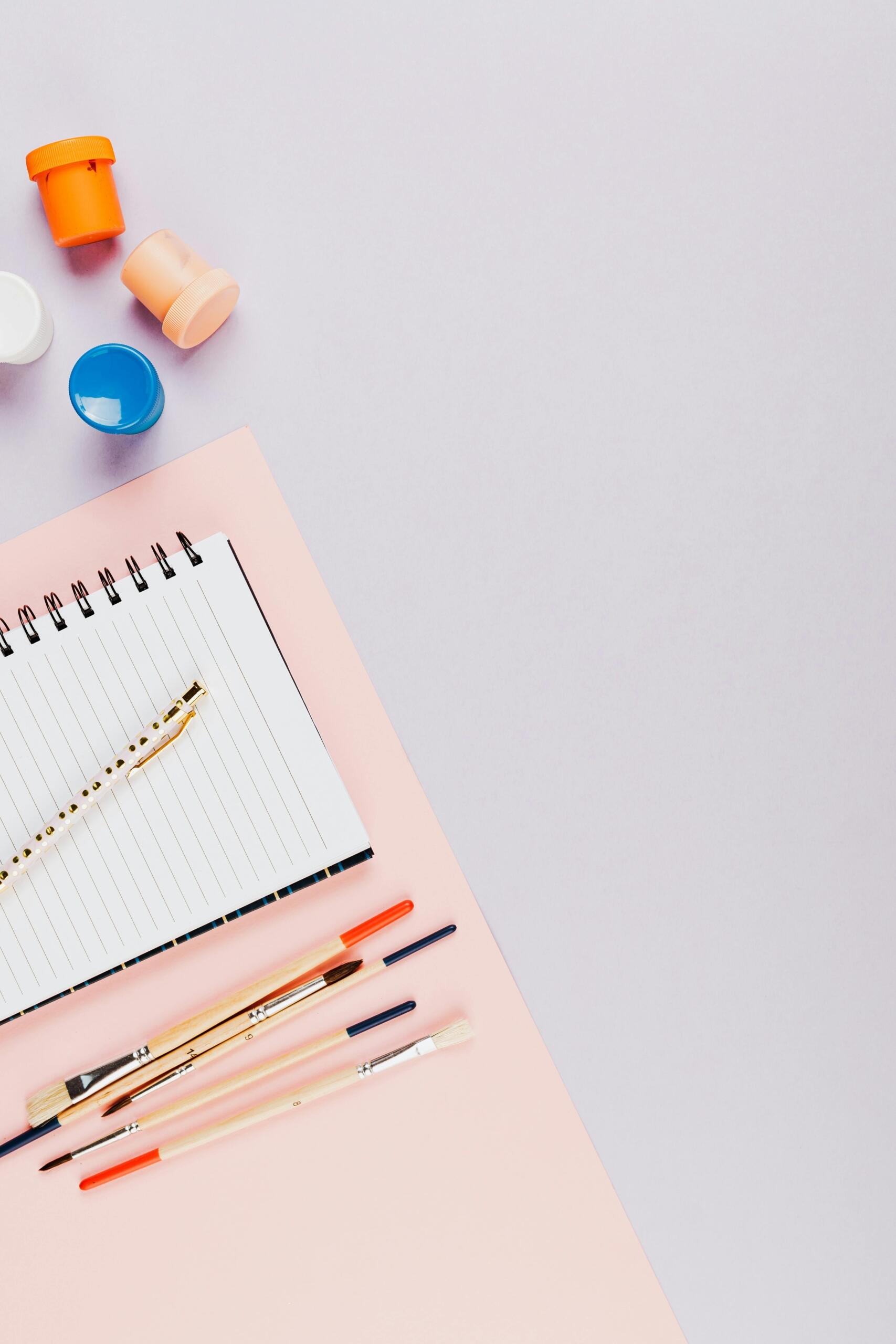
This simple example shows the kind of associations you should be making. You can usually present this in the format that suits you best. A simple word list like the above, or maybe a mind map or a mood board with pictures instead.
End Goal
Once you understand the brief or theme, you need to think about the ultimate purpose of your project. What is it you hope to achieve by the end of it? Are you trying to create a singular, high-quality final production? Maybe your final presentation will be a series of works that tell a story.
Art at GCSE can be beneficial to a range of careers, one of which is illustration for video games or books.
If you aren't sure which area you want to pursue you have the opportunity to choose among a range of apprenticeships after you leave sixth form or apply for further and higher education study programmes. Oftentimes, the final piece can be any single piece or collection of works that can be presented or displayed to an audience of some kind, but make sure to check with your teacher in case they are after a specific format!
Perhaps the most important trait for your final presentation to have is independence. The final piece will be assessed and marked in the context of the supporting work from your sketchbook, but despite this, it must be able to stand alone as its own product. Good art doesn’t always have to be pretty, instead, it must encapsulate and communicate the meaning of your project.
The Steps In Between
Now that you have the start and end points clearly defined, it’s time to think about how we get there. In GCSE and A-level art, these steps usually consist of research at first, where you find out as much as you can about your theme or brief and identify artists who focus on similar issues. Generally, after researching some other artists, you will attempt to recreate their styles and make them your own.
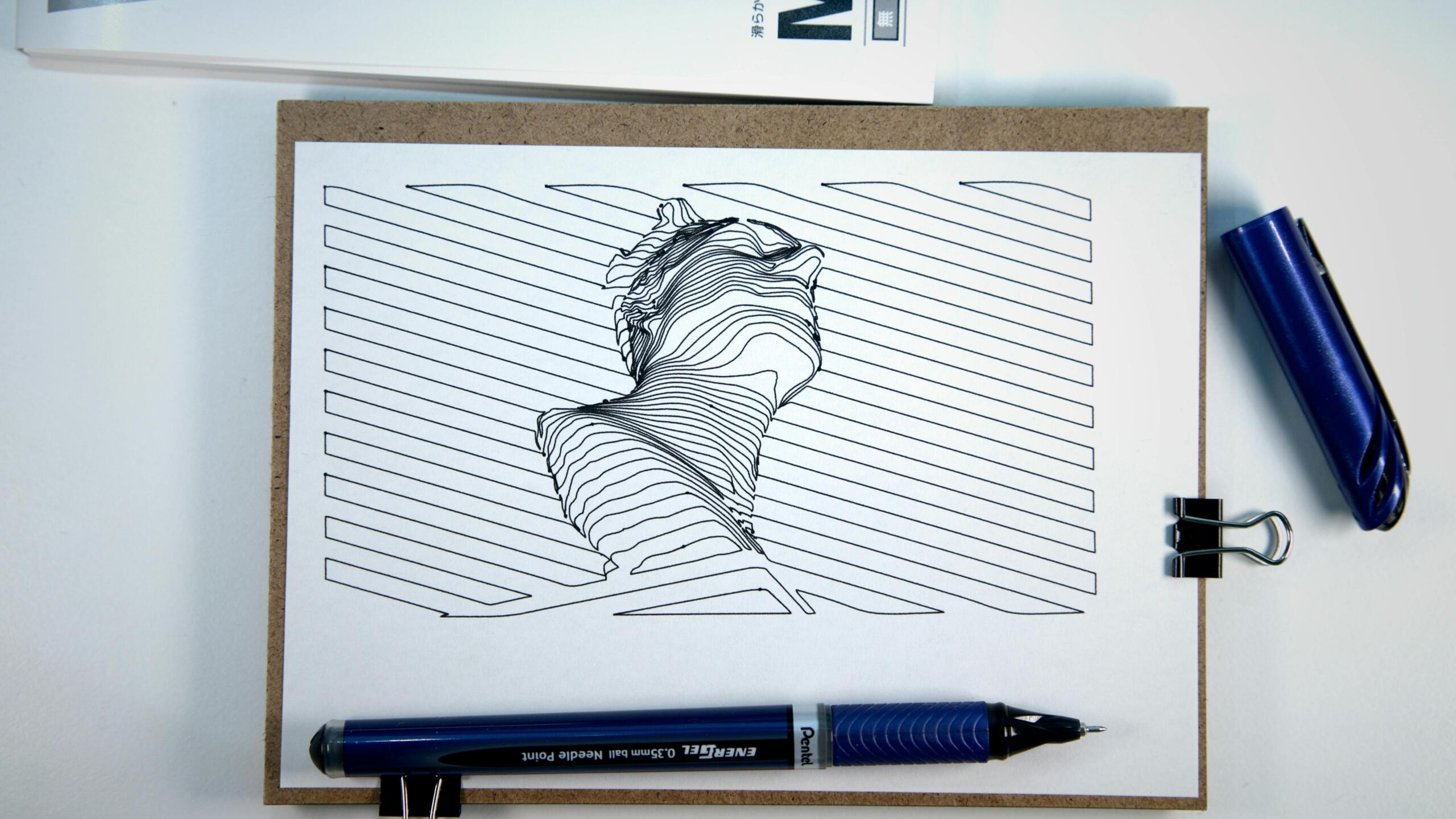
Along the way, it’s likely that you will find a certain process, style, or technique that particularly appeals to you, or that you think suits your brief. The next step in your plan will usually be to refine and practise this chosen element or elements until you can confidently use them in a ‘final piece’. Finally, you must apply what you’ve discovered and learned to your final presentation. It’s rare that art students simply show up to their sessions and create their final piece on the first try. Most successful students create practice renditions of the piece beforehand, which they document in their sketchbook, before creating the final version in exam conditions.
Experimentation and Ideation: Unleashing Your Creativity
Most of the volume of your sketchbook should be taken up by the exploration of your theme. Near the beginning, we often use a process called ideation. At the beginning of your sketchbook, perhaps even before your research, you should be experimenting with all kinds of techniques and media.
The problem that a lot of students end up facing is that they start an open-ended project with a concrete idea of what they want the result to be, which stifles their creativity in the preliminary work. To get around this issue, it’s recommended to set aside the result for one moment and to play around with ideas as if there isn’t an objective in mind.
This is a very freeing kind of creativity, which allows our ideas to be unique and uninhibited by expectations.
A lot of artists find that while doing this, they realise that they prefer one of their new ideas, or that it better suits their brief or criteria.
The direction of a creative project can change at any moment in the process, and as artists, we should embrace this.
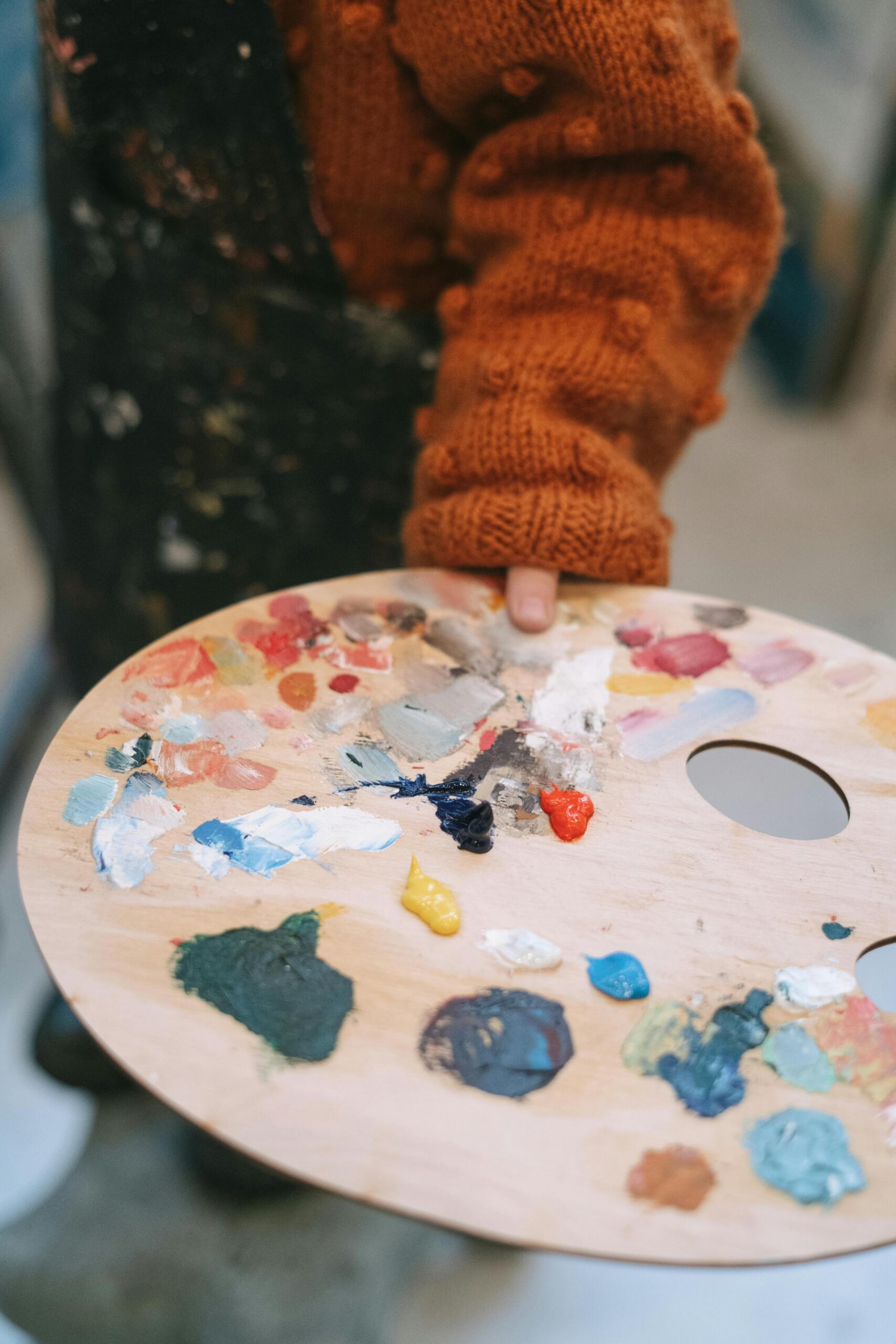
It’s also very important to remember that the creative process when it comes to sketchbooks is not at all a straight line. It’s more akin to a cycle, points of which we can return to at any moment if we want to change something or do something again. For example, if we realise we want to do something differently, we can go back to a previous point in the process and pick up from there.

Evaluation: Narrowing Things Down
At some point, you will have enough material and experimental work to begin the process of evaluation. Your goal in doing so will be to narrow down the work you’ve done so far to identify which elements best suit your brief and criteria. If you’ve done the experimentation part right, you will have plenty of work that doesn’t quite conform to your goal and with any luck, you’ll have some work that does.
You can separate the relevant work from the less relevant ideas by using your critical thinking skills to evaluate it against different criteria. One of the most popular methods of doing so is by performing a SWOT analysis, where you examine the strengths, weaknesses, opportunities, and threats presented by a given subject to find the most suitable one.
It can also be useful to get your friends or peers involved. Asking another like-minded person what they think is a surefire way to eliminate your personal biases and find out which pieces of your work are truly the most successful reflection of the purpose or goal you are trying to achieve through your design. You can do this at the individual level by interviewing people and asking them specific questions, which will likely get you a detailed and personal response. Or you can get a larger group to vote on each other's art, which will help the more generally promising artworks surface based on their popularity with a bigger audience.
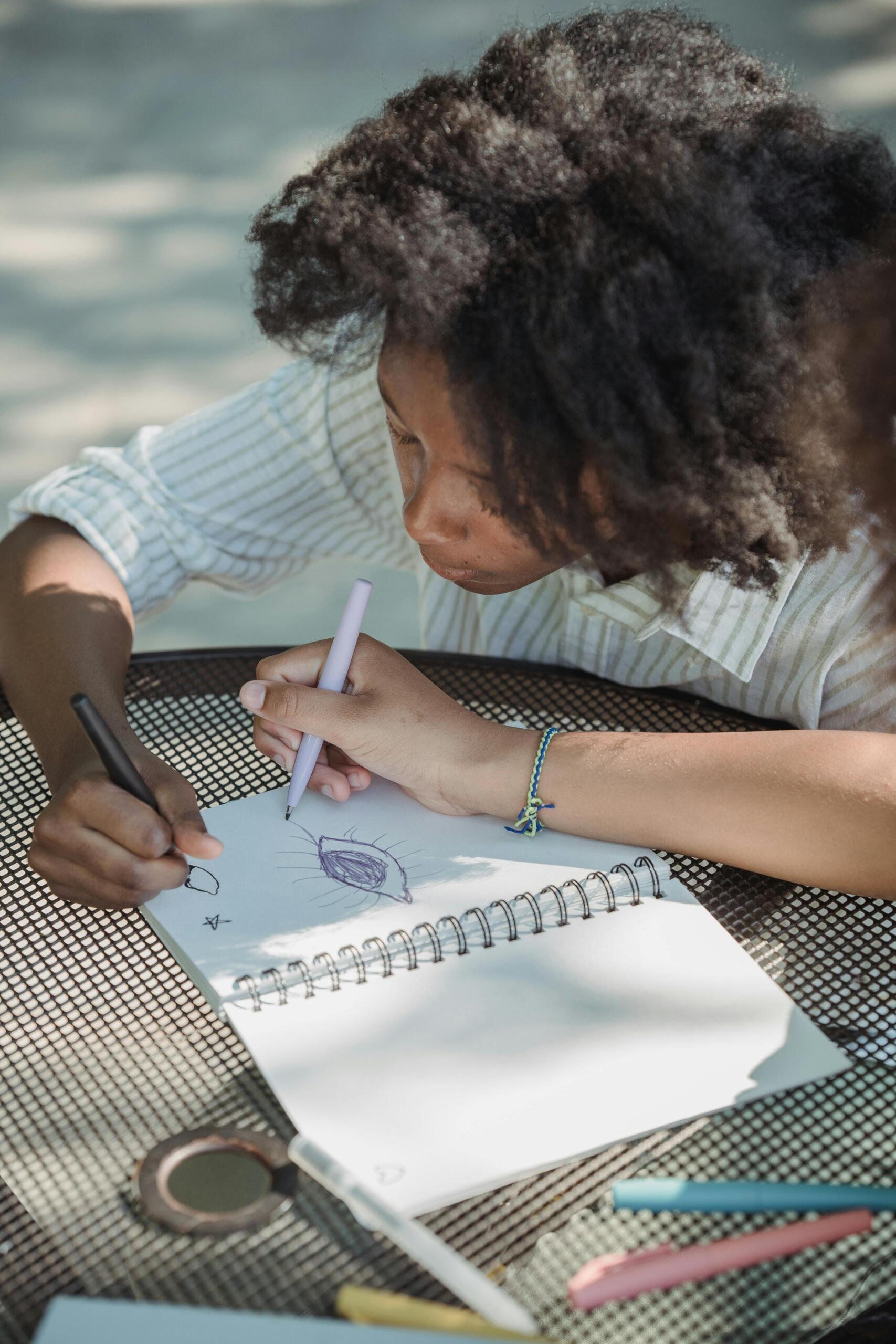
If you are tackling a disturbing or uncomfortable topic, you must be careful when seeking the validation of others, since sometimes the goal of art is not just to be visually appealing or ‘liked’, but to send a specific message, or tell a story.
If this is the case for you, it is worth consorting with your teacher or close friends, since they will have the time to properly listen and understand what you are trying to achieve.
Practice: Get Things Right by Getting Them Wrong First
One of the most essential tools in the arsenal of any artist is practice, and while this is true at any level, from amateur to master, practice is especially important at the GCSE level. The reason for this is that GCSE is the first level where you really have the opportunity to focus and specialise in the subject of art itself and dedicate a larger amount of your time to it. But up until this point, you probably haven’t had the time to receive dedicated guidance and teaching, and you likely haven’t had access to a person with the same skills and background as your art teacher to ask questions and seek guidance from.
As a result, it’s probably fair to say that you aren’t the best artist just yet. Now is the most important time to have that key realisation. Try researching or asking artists you might know (it’s easier than ever online), how much time they spend practising their craft.
What you’ll find is that at the highest level, art really is a full-time job. The best of the best really do spend most of their time practising, and it shows in their work. Don’t be intimidated, though! Take courage in the fact that when you’re getting started, that’s when practice shows the most immediate results. It might also help to think that whoever is marking your work will be much happier to see clear and visible progression throughout your sketchbook and final pieces, rather than a series of ‘perfect’ pieces that show no development as an artist.
Presentation: Delivering the Goods
The presentation might seem like the last step, but it’s really something you should be considering all throughout the creation of your sketchbook. Even if lots of your work is very diverse and different on a piece-by-piece basis, you need to find a way to present it and tie it together that shows how they are all related.
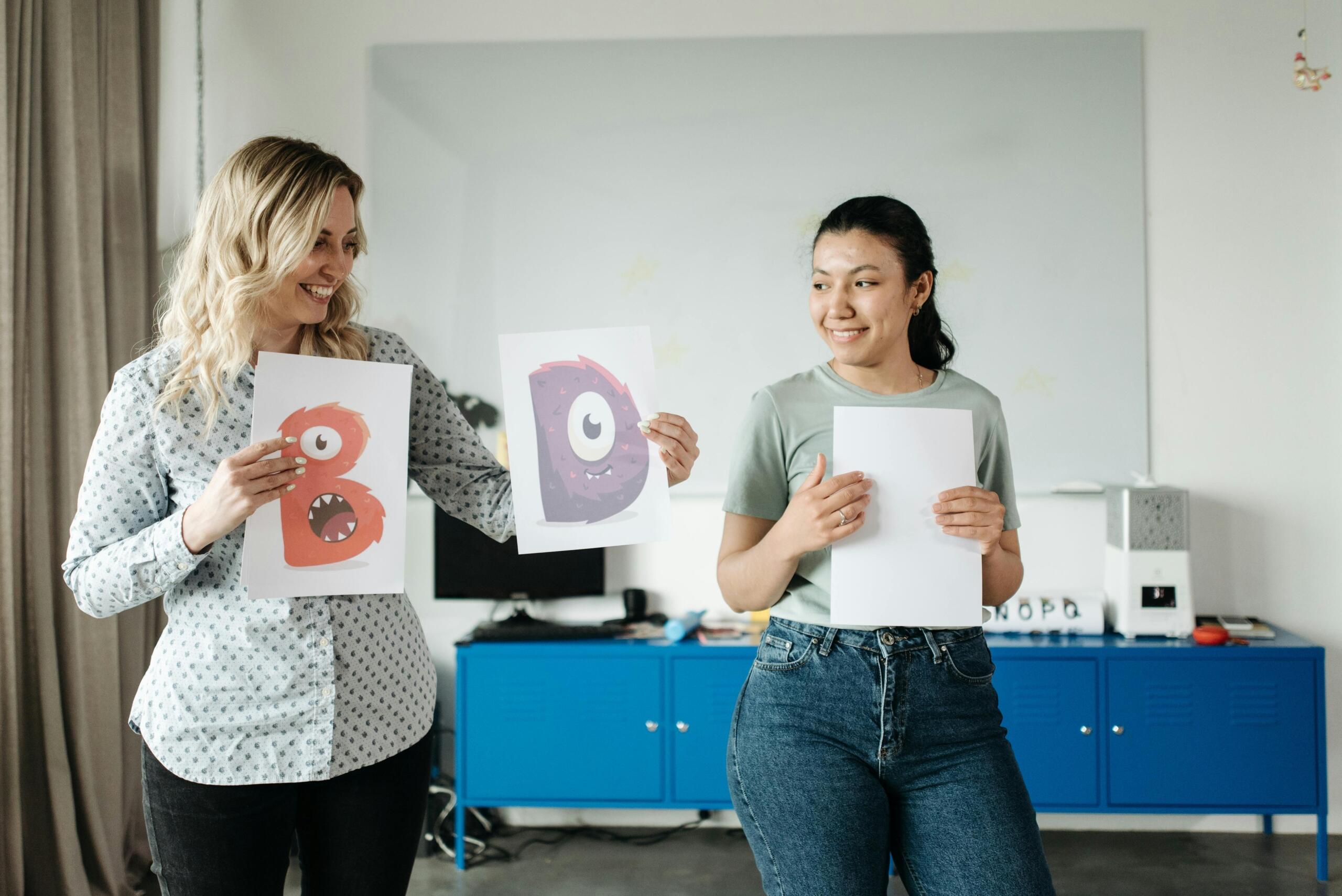
You can do this by categorising the pieces by themes, by writing brief explanations of your thought process and how they are linked, but most importantly by having an overarching aesthetic or theme that underlies each page.
The obvious ways to do this are by using similar colours, keeping consistent fonts and text size, and keeping consistent spacing between images, but anything you can do to make your sketchbook feel like a singular congruent entity is worth doing, even if it takes a little bit of extra effort. Lastly, if there is a continuous and deliberate progression, or journey happening in your works themselves, make sure to represent this somehow when you include them in your sketchbook.
Getting the Grade You Deserve in GCSE Art
In order to put your best foot forward and maximise your chances of earning a top grade in the GCSE art exam, you'll want to have a strong sketchbook. Achieving a strong result in this section of the exam will make it an awful lot easier for you to get the overall grade you deserve in the subject. If you were to miss out on some of the marks going for the sketchbook, you'll be fighting an uphill battle for the remainder of the art assessments. Hopefully, armed with an insight of what constitutes an effective sketchbook, you'll find yourself in a better position to succeed in this component of the GCSE art exam!
















i need help with my sketchbook coursework; i chose emotions as my theme and after my 2nd artist research i dont know what to explore next. i previously researched colour and colour theory and symbolism after my 1st artist research but now im a little lost so if you can help me i would really appreciate it.
when writing your statement of intent, do you write one for each artist or for the whole project? Great website!